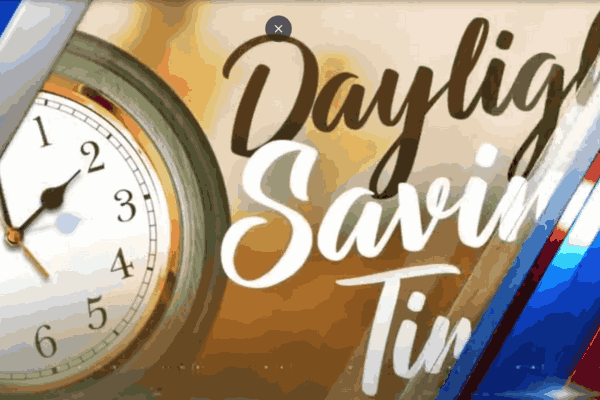THE ADJUSTMENT
As November approaches, many people across the United States are gearing up for the end of daylight saving time, a transition marked by the annual “fall back” time change. This practice, observed in most states, will officially take place at 2 a.m. on Sunday, November 3, when clocks will be set back by one hour. While this adjustment means an extra hour of sleep for many, it also heralds shorter, darker days as we head into winter.
Why Do We Fall Back?
The concept of “falling back” and its counterpart “springing forward” originated as a means to make better use of daylight hours.
This initiative was first implemented in the U.S. during World War I to conserve energy.
The current structure of daylight saving time was established under the Uniform Time Act of 1966, which later adjusted the timing to start on the second Sunday in March and conclude on the first Sunday in November.
The choice of a 2 a.m. shift was made to minimize disruption, allowing trains and other systems to avoid operational conflicts during this transition.
States and Territories That Opt Out
Not every state participates in this biannual time change. Hawaii and most of Arizona, along with American territories like Puerto Rico and Guam, remain on standard time year-round. These regions opted out of daylight saving time as permitted by federal law.
While some states have pushed for year-round daylight saving time, such changes require federal approval—a process that has stalled despite the introduction of the Sunshine Protection Act, a bill advocating for permanent daylight saving time that has seen little progress.
Will Daylight Saving Become Permanent?
The idea of sticking with a single time standard has gained traction in recent years.
The Sunshine Protection Act was unanimously passed by the Senate in 2022 but remains stuck in the House of Representatives.
Supporters argue that maintaining extended daylight hours could lead to reductions in traffic accidents and crime rates, while critics raise concerns about potential health implications.
Sleep specialists often emphasize that aligning daily schedules with solar time is beneficial for our natural sleep cycles, suggesting that the back-and-forth schedule disrupts our internal rhythms.
What Does This Mean for Health?
The clock adjustment has real effects on daily life and health. Research indicates that these shifts can disrupt sleep patterns, which may subsequently affect mental and physical well-being.
Health experts argue that standard time aligns better with natural light and sleep cycles, reducing disruptions to melatonin production—the hormone responsible for regulating sleep.
This alignment is especially important during the darker winter months when sunlight is already scarce.
A Time to Fall Back and Look Forward
As the U.S. prepares to “fall back” this November, discussions about the future of daylight saving time continue.
Whether viewed as a simple convenience, an energy-saving initiative, or a disruption to our natural rhythms, the twice-yearly clock change remains a significant moment in how we organize our lives around time.
As we adjust our clocks this season, it serves as a reminder of our ongoing relationship with time itself and its impact on our daily routines and well-being.
Watch here : The Origin of Daylight Saving Time
Read More : The New Frosty Flavors from Wendy




